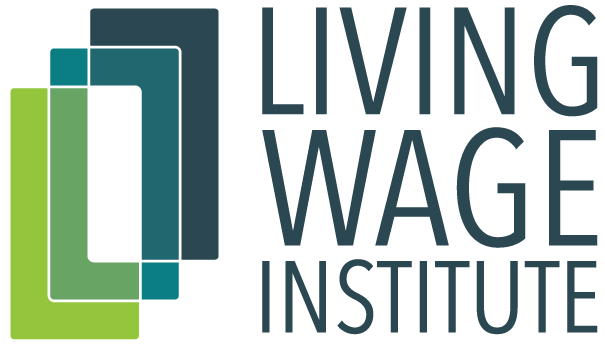



For further information, please visit the FAQs and Methodology pages or submit a question or request through the Contact page.
© 2024 Dr. Amy K. Glasmeier and the Massachusetts Institute of Technology
SIGN INCarsey Institute Brief, University of New Hampshire
December 16, 2015
As we approach the holidays, new analysis from the UNH Carsey School of Public Policy illustrates the impact of poverty on the lives of America's children. While most American adults will celebrate the holidays with some level of economic security, almost 50% of the nation's children live in uncertain circumstances attributable to low family income.
KEY FINDINGS
In 2014, more than four in ten children (44.1 percent) lived in low-income families, defined as families with income below 200 percent of the official poverty line.
More than one-fifth of children (21.7 percent) were poor, that is, lived below the poverty line, and nearly one-tenth (9.6 percent) lived in deep poverty, defined as having incomes below 50 percent of the poverty line.
The share of children living in deeply poor, poor, and low-income homes declined between 2013 and 2014.
The share of children living in low-income families did not rise in any state between 2013 and 2014, but the share of children living in poor families rose in four states that traditionally have low child poverty rates (Alaska, Minnesota, New Hampshire and North Dakota). The share of children living in deep poverty rose in just two states: North Dakota and Maine.
In all regions and place types (rural, suburban and city), the share of poor and low-income children was higher in 2014 than at the official end of the Great Recession in 2009. In twenty states, child poverty rates were similar to post-recession levels, and in two states (Colorado and Montana), child poverty was lower than in 2009.
In every state the poverty rate remained at or above where it stood in 2007, before the start of the Great Recession.
SUMMARY
In September 2015, the Census Bureau released 2014 poverty data from the American Community Survey (ACS), the only regular source for reliably estimating child poverty in geographic areas below the state level using the official poverty measure. In this brief, we use ACS data to explore child poverty rates across the United States by region, state, and place type (rural, suburban, and city). We also examine data on children who are deeply poor (those in families with incomes below half of the poverty line), as well as low-income children (those in families with incomes less than twice the poverty line). We find that while child poverty declined nationwide between 2013 and 2014, that drop was not felt uniformly across the country: several states saw declines, a few states saw increases, and others saw no change at all. We also found substantial differences in the magnitude of change across rural places, suburbs, and cities.
Child Poverty Rates Vary by State
While child poverty declined overall, rates still vary tremendously across states, regions, and place types (see Table 1). Nationwide, 21.7 percent of children lived in poor families in 2014 (that is, with incomes below $19,073 for a single parent with two children),1 down 0.6 percentage point since 2013. Regionally, the Northeast retains the lowest child poverty rate, at 19.0 percent, while the highest rates continue to be found in cities (28.5 percent), followed by rural places (25.2 percent), and suburbs (16.8 percent). While child poverty declined in all place types between 2013 and 2014, declines across regions were not as consistent: the Northeast’s child poverty rate remained stable between 2013 and 2014 whereas other regions experienced a decline. Child poverty remained higher than in 2009 (post-recession) in nearly every region and place type, with the sole exception of the rural Midwest, where the 2014 child poverty rate was similar to the 2009 rate.
State-by-state variations in child poverty rates are illustrated in Figure 1. States with poverty rates below 15 percent included Connecticut, Hawaii, Maryland, Minnesota, New Hampshire, North Dakota, Utah, and Wyoming. At the other end of the spectrum, rates in Alabama, Arkansas, Arizona, Georgia, Kentucky, Louisiana, Mississippi, New Mexico, South Carolina, Tennessee, and Washington DC were above 25 percent. Between 2013 and 2014, changes in child poverty were not consistent across states: while fourteen witnessed a decline in child poverty over the year, four experienced a significant increase. Looking over a longer period—from the end of the Great Recession in 2009 until 2014—twenty states had child poverty rates similar to those at the end of the Great Recession, and two states—Colorado and Montana—had rates that were lower. Worth noting, however, is that the poverty rate has not fallen below its pre-recession rate in any state (data available upon request).